Last Updated:
October 22, 2025
Zoysiagrass is a popular warm-season turfgrass across Georgia thanks to its dense growth, heat tolerance, and unique appearance. It offers homeowners a resilient lawn that thrives in the state’s hot summers while maintaining a comfortable and uniform surface.
Whether you’re maintaining an established lawn or planting new sod, understanding this grass’s specific needs in Georgia’s climate can help you keep your turf in excellent condition. Keep reading for practical tips and seasonal guidance for growing and maintaining a beautiful Zoysiagrass lawn in Georgia!
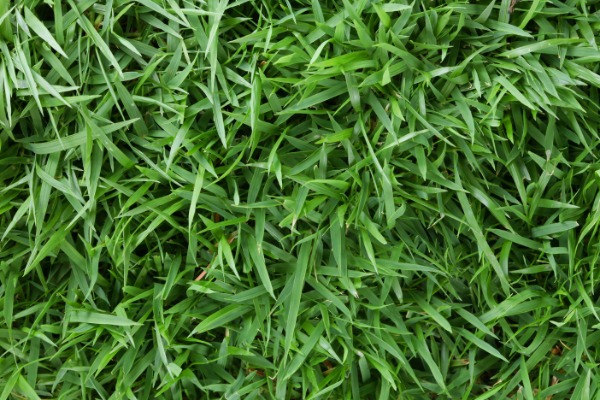
Zoysiagrass is a warm-season turfgrass originating from Asia that has adapted exceptionally well to the hot, humid conditions of the southern United States. Zoysiagrass is known for its dense turf, medium to fine blades, and impressive tolerance to foot traffic once established.
Because it thrives in full sun and tolerates moderate shade, Zoysiagrass has become a favorite choice for Georgia homeowners who want a durable lawn with a soft, carpet-like texture. It also stands out for its drought tolerance, making it a smart choice in areas where water conservation is a concern.

In Georgia, the ideal time to plant Zoysiagrass is late spring through early summer, once soil temperatures have warmed to at least 65°F. Warm soil and consistent moisture give this grass the best opportunity to establish strong roots before the intense summer heat sets in.
Most homeowners choose to install Zoysiagrass as sod or plugs since its dense growth makes it slow to establish from seed. Before planting, prepare the soil by tilling to a depth of 4–6 inches and testing pH levels. Zoysiagrass prefers slightly acidic to neutral soil (pH 6.0–7.0). Remove any existing weeds and debris, and level the surface to ensure good contact between sod or plugs and the soil.
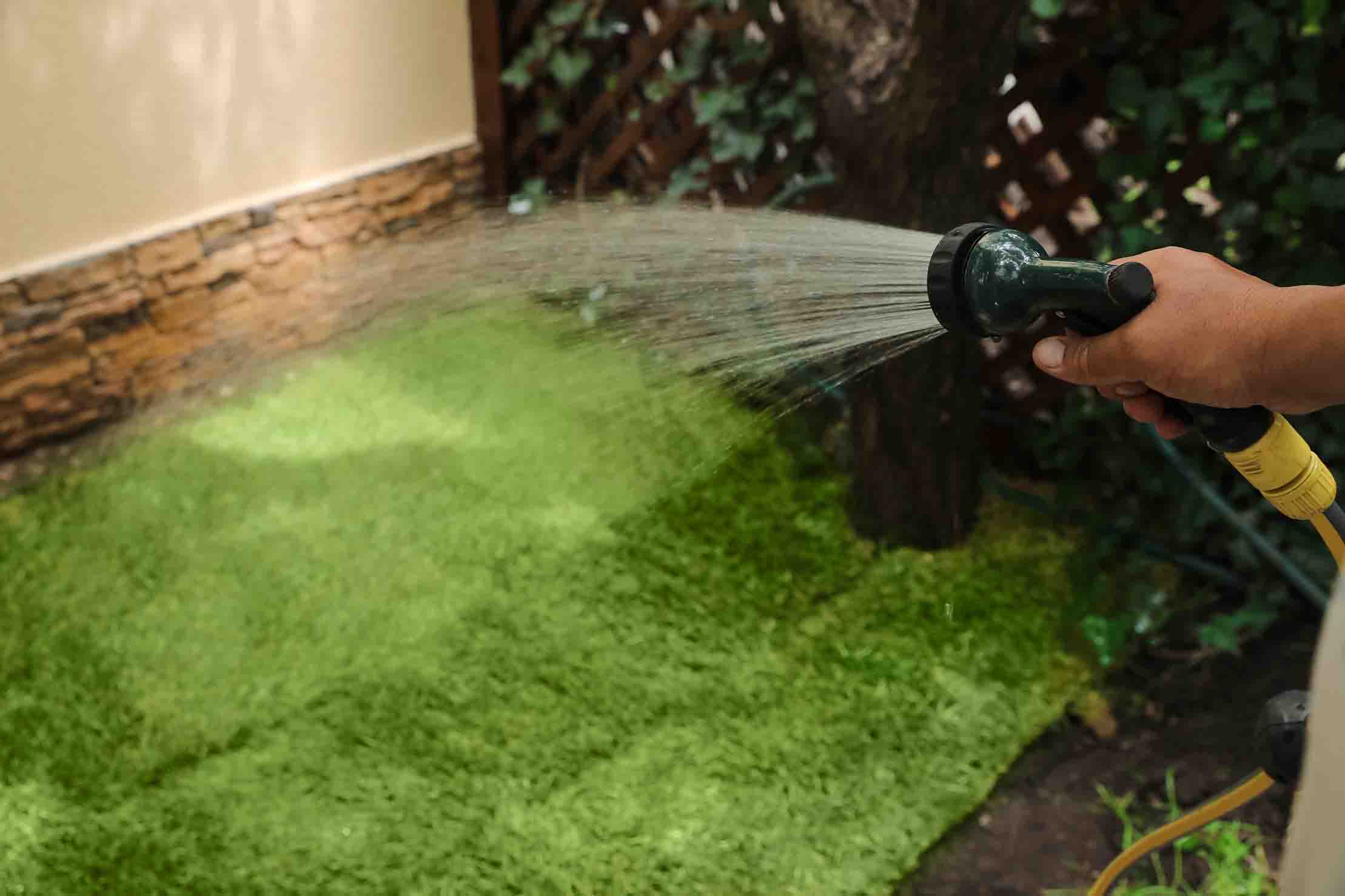
Once established, Zoysiagrass requires about 1 inch of water per week, including rainfall. Deep, infrequent watering encourages deeper roots and improves drought resistance. Overwatering can lead to thatch buildup and disease, so it’s best to let the soil dry slightly between irrigation cycles.
For newly installed sod or plugs, frequent light watering is essential during the first few weeks to help the grass root into the soil. Morning watering is recommended to minimize evaporation and reduce disease risk. As the lawn matures, watering can be reduced to a more consistent, deeper schedule.
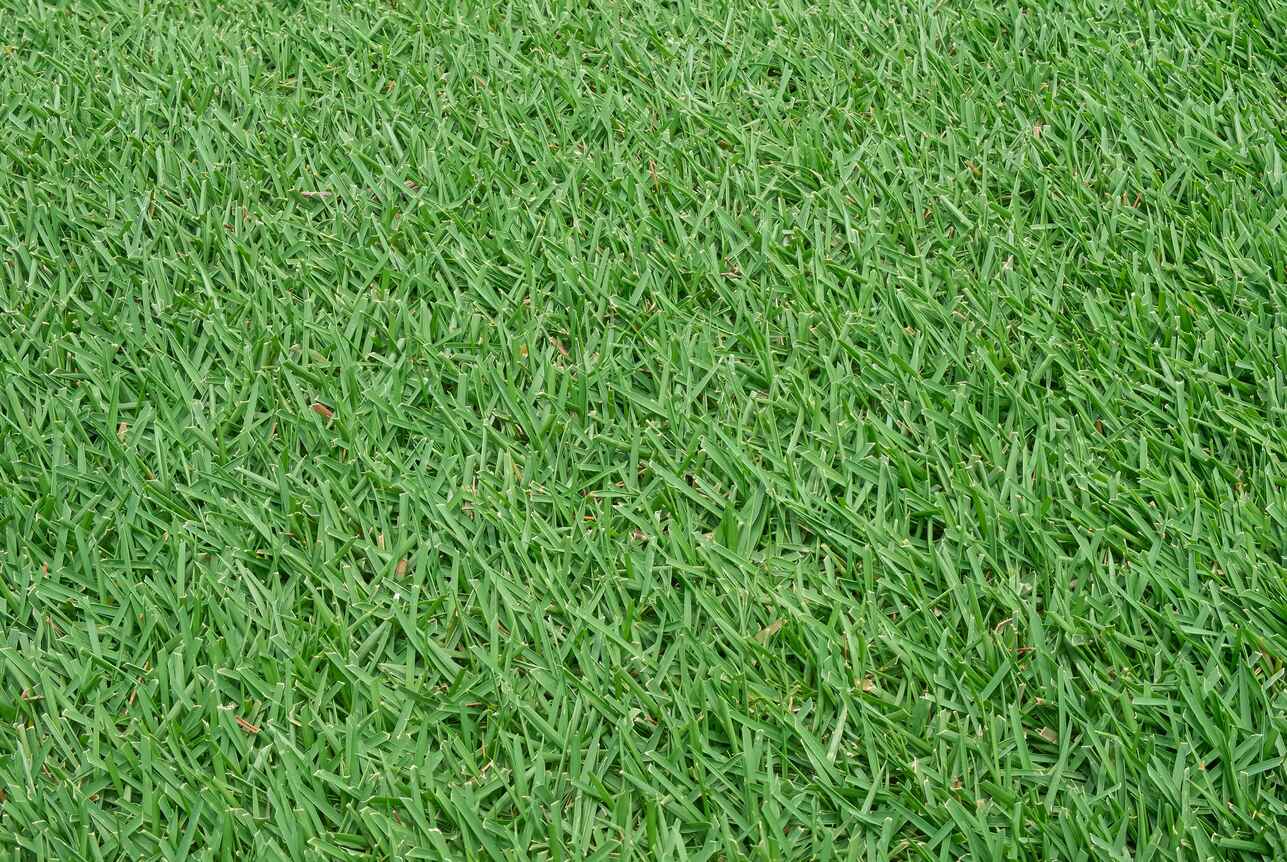
Zoysiagrass responds well to proper fertilization but does not need excessive amounts of nitrogen to thrive. In Georgia, most lawns benefit from 2 to 4 pounds of nitrogen per 1,000 square feet per year, applied in multiple light feedings during the growing season.
Fertilize from late spring through summer, spacing applications about 6 to 8 weeks apart. Avoid fertilizing too early in spring before green-up or too late in fall, as this can stress the grass and increase disease susceptibility. A soil test can help determine phosphorus and potassium needs, ensuring balanced nutrition. Using slow-release fertilizers helps maintain steady growth without surges.
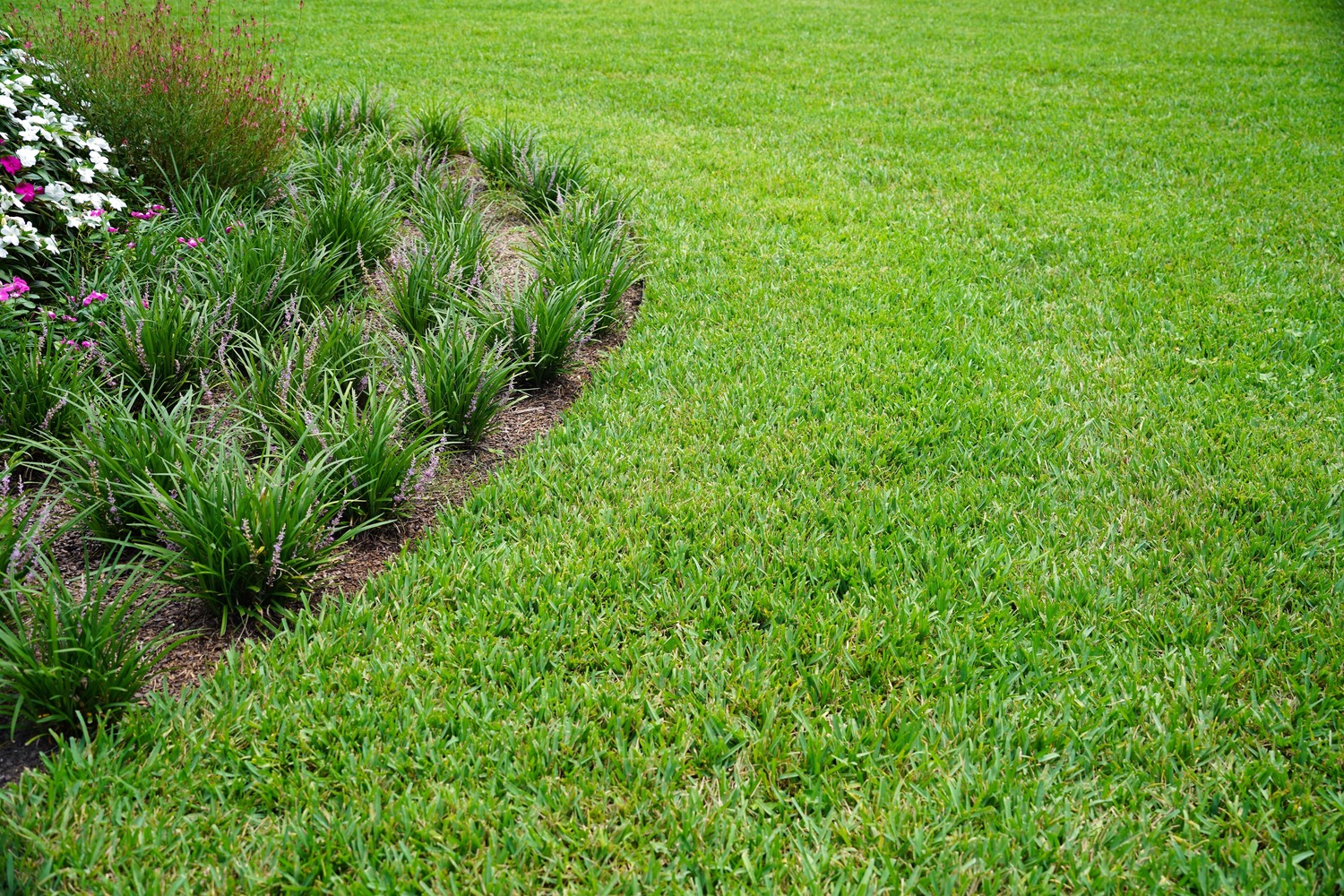
Maintaining the right mowing height is critical for a healthy Zoysiagrass lawn. Keep it at 1 to 2 inches, depending on the variety. Mow regularly during the active growing season to prevent the grass from getting too tall, which can lead to scalping when cut back down.
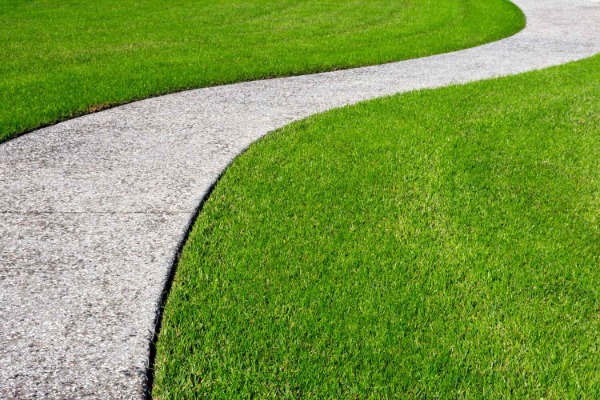
A dense stand of Zoysiagrass naturally resists many weeds, but proactive management is still important. In Georgia, weeds like crabgrass, spurge, and nutsedge can become issues during spring and summer.

Zoysiagrass lawns in Georgia are generally hardy but can face pest pressure from mole crickets, grubs, chinch bugs, and armyworms. Regular monitoring is the best defense. Look for thinning patches or signs of insect activity and address issues early with targeted treatments.
Fungal diseases such as brown patch and large patch can appear during warm, humid weather, especially with excess moisture. Managing irrigation, mowing at the proper height, and avoiding late-season nitrogen applications can reduce disease risk. Fungicides may be necessary if cultural practices aren’t enough to control an outbreak.
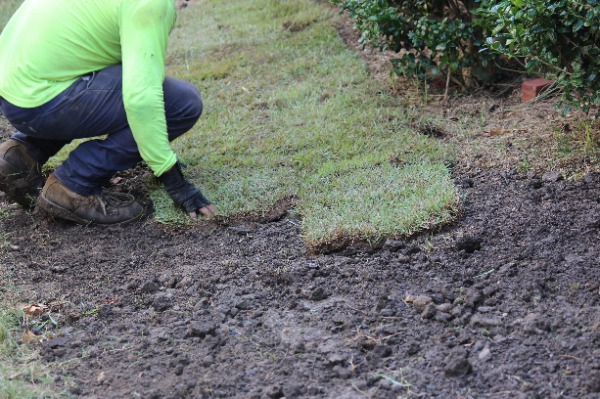
Zoysiagrass offers Georgia homeowners a beautiful, resilient lawn that stands up to the state’s hot summers and moderate shade. With its dense growth, soft texture, and impressive drought tolerance, it’s a fantastic choice for residential landscapes. But even the best turf requires the right maintenance.
If you want to keep your Zoysiagrass lawn in top shape year-round, consider partnering with a professional lawn care service. Pro Outdoor knows how to take care of Zoysiagrass and all other turf types common in Georgia lawns, so you don’t have to stress about whether you are taking the right lawn care steps. Call us today for a free quote on any of our lawn care services in Albany, GA!